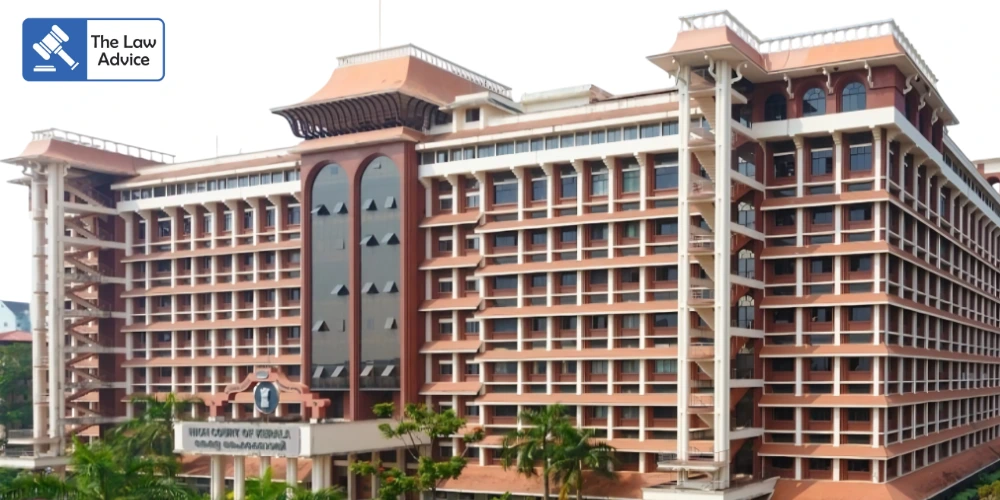The Kerala High Court on Thursday (August 21) laid down comprehensive guidelines regulating the conduct of police personnel while making arrests within court premises, along with the establishment of a structured grievance redressal system at both the State and District levels.
A Division Bench comprising Dr. Justice A.K. Jayasankaran Nambiar and Justice Jobin Sebastian passed the order in a suo motu case titled Suo Motu v. State of Kerala and Ors. [WP(C) 32952 of 2024]. The proceedings originated from concerns raised after an alleged attack on a lawyer by police officers within the Ramankary Magistrate Court premises in Alappuzha, following which the Kerala High Court Advocates’ Association (KHCAA) submitted a letter to the Court.
The Court observed that repeated incidents of conflict between police and members of the legal fraternity demonstrated the necessity of framing a clear code of conduct for law enforcement agencies inside court premises. Pursuant to earlier directions, the State Police Chief had submitted a report after consultations with the Director General of Prosecution, the Bar Council of Kerala, and the KHCAA. However, the Court found the report lacking in clarity, particularly in defining the scope of the term “court premises”.
To address this, a committee was formed to review and refine the proposals, ultimately leading to the present clarifications which supplement the existing statutory provisions under the Bharatiya Nagarik Suraksha Sanhita (BNSS), the Kerala Police Act, relevant Government Orders, and judicial precedents on arrest procedure.
The Bench clarified that “court premises” shall not be confined to courtrooms alone. Instead, the expression would cover:
“all lands, buildings and structures (except residential quarters) used in connection with court proceedings during the notified working hours of the court, or till the court is in session, whichever is later.”
The High Court prescribed strict guidelines to regulate arrests, detention, or apprehension within judicial precincts:
1. Prior Intimation to Court:
Arrest or detention of any person inside court premises during court hours shall be made only after giving prior intimation to the Presiding Officer/jurisdictional court.
2. No Arrest of Voluntary Surrenders:
If an accused intends to surrender before the court voluntarily—either alone or accompanied by a lawyer—he/she shall not be arrested or detained within the court premises without prior permission from the Presiding Officer.
3. Exception for Emergencies & Warrants:
Police may arrest individuals within court premises without prior intimation only in emergent situations requiring immediate action to prevent a cognizable offence, or while executing long-pending warrants against absconding accused. In such cases, the presiding judge must be informed immediately after the arrest.
To prevent future conflicts between lawyers and police, the Court directed the creation of a structured grievance system at District and State levels:
• District-Level Committee
• Principal District Judge (or nominee judicial officer)
• District Police Chief
• District Government Pleader
• President of the concerned Bar Association
• One member nominated by the Bar Association
• State-Level Committee
• Advocate General of the State
• Director General of Police
• Three advocates nominated by the Kerala High Court Advocates’ Association (including its President)
• Superintendent of Police of the area concerned
• President of the Bar Association to which the complainant advocate belongs (other than KHCAA)
If the allegation is against the Superintendent of Police, a higher-ranking officer nominated by the DGP would replace him on the committee.
Complaints are to be raised first before the district committee, and unresolved grievances can then be escalated to the state committee for final resolution.
The Court further instructed the State Government to issue an Office Memorandum immediately, incorporating these clarifications and disseminating them to all relevant stakeholders including the police, Bar associations, and judicial officers.
The matter has been listed for further hearing after two months, to review compliance with the directions and to assess the functioning of the redressal mechanism.
